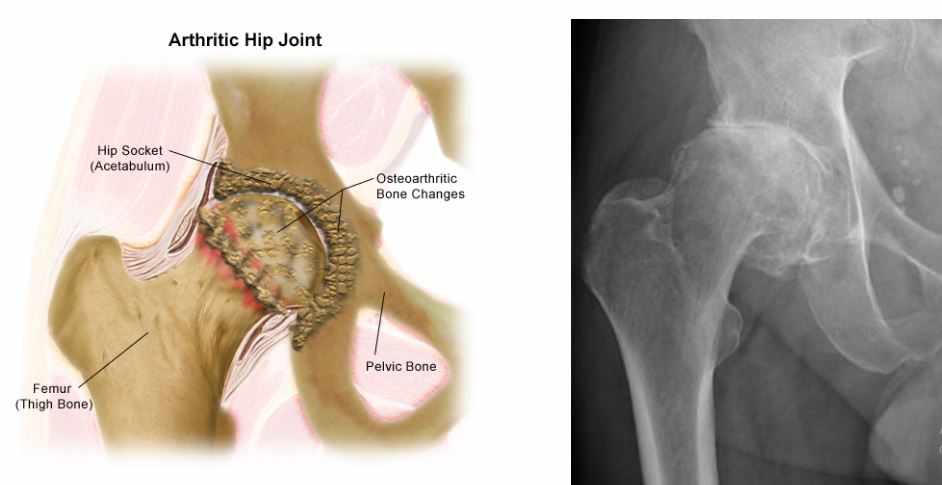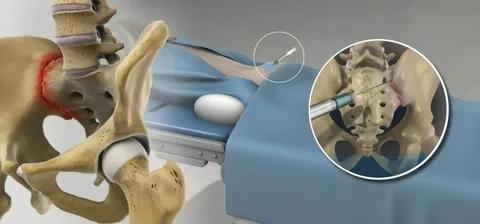
Living with chronic knee pain can be physically limiting and mentally exhausting. For Mr. Mohanty, a retired librarian and grandfather of three, it was a journey of patience, learning, and self-discipline. After being diagnosed with osteoarthritis in his knees several years ago, he decided not to let the condition define his life.
Today, at 67, Mr. Mohanty leads a balanced and fulfilling life while managing knee pain daily. His approach combines self-care, simple exercises, mindful living, and healthy habits. Here’s a closer look at how he does it — a practical guide for anyone seeking to manage their knee pain naturally and consistently.
1. Starting the Day with Gentle Movement
Mornings used to be the toughest time for Mr. Khitish Mohanty. The stiffness in his knees would make it difficult to even get out of bed. But instead of rushing into the day, he developed a gentle morning routine:
Bedside Stretching: Before stepping out of bed, Mr. Mohanty spends 5–10 minutes doing light ankle and knee movements. Flexing and extending the joints slowly reduces stiffness.
Warm Water Bath: After stretching, he uses a warm shower to soothe the joints. The warmth relaxes his muscles and helps relieve the overnight tension in the knees.
This calm start to the day helps prepare his knees for the movement ahead.
2. Consistent, Low-Impact Exercise
Rather than avoiding activity, Mr. Mohanty learned that the right kind of movement could help his knees feel better. He created a customized, low-impact routine that works with his body, not against it:
Daily Walks: A 25-minute walk every morning is his primary form of exercise. He avoids uneven paths and chooses flat ground or parks.
Seated Exercises: On rainy days or when pain flares up, he switches to sitting exercises like leg lifts, ankle rolls, or slow straightening of the knee.
Stretching in the Evening: Gentle stretches after dinner help prevent stiffness from setting in overnight.
He avoids high-impact activities like jumping, running, or heavy squatting, all of which can aggravate the knees.
3. Mindful Eating for Joint Health
Mr. Mohanty realized early on that food plays a significant role in managing inflammation and joint health. He didn’t follow a strict diet but made conscious decisions:
Whole, Natural Foods: Fresh fruits, vegetables, whole grains, and legumes form the foundation of his meals.
Anti-Inflammatory Choices: He includes turmeric, ginger, leafy greens, and healthy fats like those found in seeds and nuts.
Limiting Trigger Foods: Through observation, he noticed that fried and heavily processed foods made his pain worse the next day. He cut back on those, especially during flare-ups.
Hydration: Drinking water throughout the day keeps his joints lubricated and supports overall health.
Mr. Mohanty doesn’t aim for perfection in his diet — just balance and consistency.
4. Smart Activity Planning
Instead of pushing through the pain, Mr. Mohanty listens to his body. His strategy for managing pain is about pacing and planning:
Activity Rotation: He never stands or walks for too long in one stretch. After 30 minutes, he switches positions or rests.
Daily Task Planning: If he has house chores or errands to run, he spaces them out throughout the day, avoiding overloading his joints.
Use of Support: On long walks or uneven terrain, he uses a walking stick for balance. At home, he sits on a slightly higher chair to avoid bending the knees too much.
Over time, he’s learned that being proactive is much better than reacting to a pain flare-up.
5. Heat and Cold Therapy
Simple home remedies help Mr. Mohanty manage pain naturally:
Heat in the Morning: A warm towel or hot water bottle applied to the knees in the morning loosens up tight muscles.
Cold Compress in the Evening: If there’s any swelling or discomfort after activity, he uses a cold compress to reduce inflammation.
He alternates between the two based on how his knees feel. These therapies are easy to do at home and make a big difference in his comfort levels.
6. Restorative Sleep and Joint Support
Proper sleep plays a vital role in healing and inflammation control. Dr. Khitish Mohanty ensures that his sleep environment supports his joints:
Pillow Support: He sleeps with a pillow under or between his knees to reduce strain.
Evening Wind-Down Routine: Light stretches, warm herbal tea, and dim lights help him unwind and sleep better.
Good sleep reduces stress, which in turn lowers the perception of pain and keeps his immune system strong.
7. Mind-Body Practices
Living with chronic pain can lead to anxiety, frustration, and emotional fatigue. Mr. Mohanty combats this with mind-body practices:
Deep Breathing: A few minutes of slow, deep breathing calms his mind and body. It helps when the pain spikes or when he feels overwhelmed.
Meditation: He sets aside 10–15 minutes daily to sit in silence and focus on his breath or a peaceful thought. Meditation has helped him accept the condition while maintaining a positive outlook.
Journaling: Writing about his day, his feelings, and his small victories keeps him motivated and grateful.
He emphasizes that mental strength is as important as physical routines in managing chronic pain.
8. Listening to His Body
Perhaps the most important strategy Mr. Mohanty follows is this: he listens closely to his body. If he feels tired, he rests. If his knees ache more than usual, he reduces movement for a day or two and returns to his routine slowly.
He avoids comparing his progress to others and celebrates small improvements. Pain management is a daily process, not a destination.
9. Regular Checkups and Monitoring
Although he relies heavily on natural management, Mr. Mohanty schedules regular visits to his doctor to monitor the progression of arthritis. This helps him stay informed and make adjustments to his care plan when necessary.
He also maintains a notebook to record days when pain is high, what he ate, what exercises he did, and how he slept. Over time, this journal has helped him identify patterns and make smarter decisions.
Conclusion: Pain Management as a Lifestyle
Mr. Mohanty daily routine is not complicated, expensive, or extraordinary. It’s based on awareness, consistency, and gentle care. His story shows that knee pain, while persistent, doesn’t have to control your life. With the right mindset and daily habits, anyone can reduce discomfort and live actively.










Write a comment ...